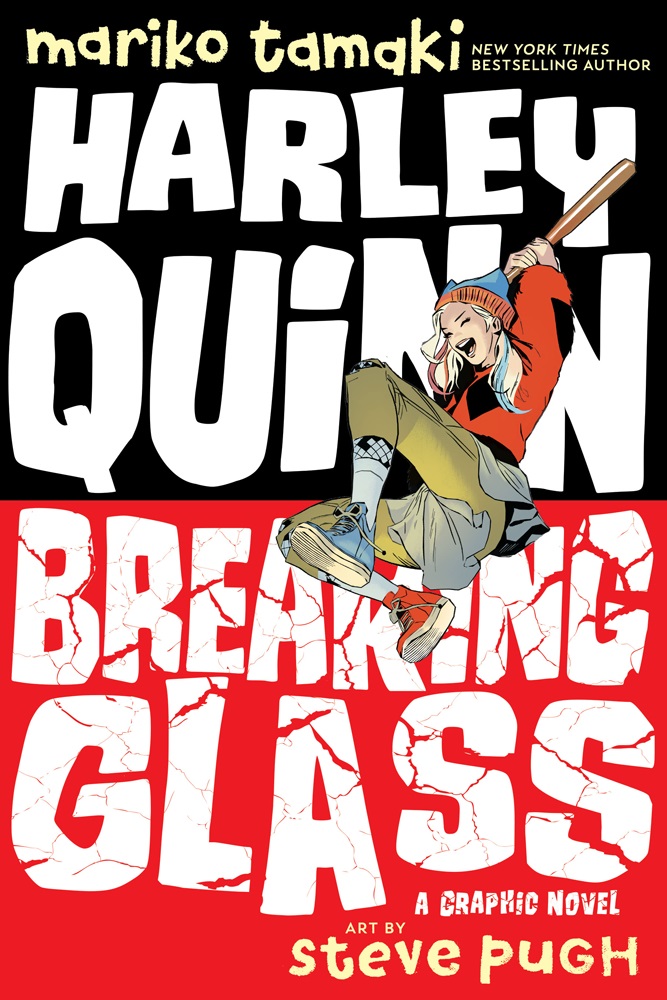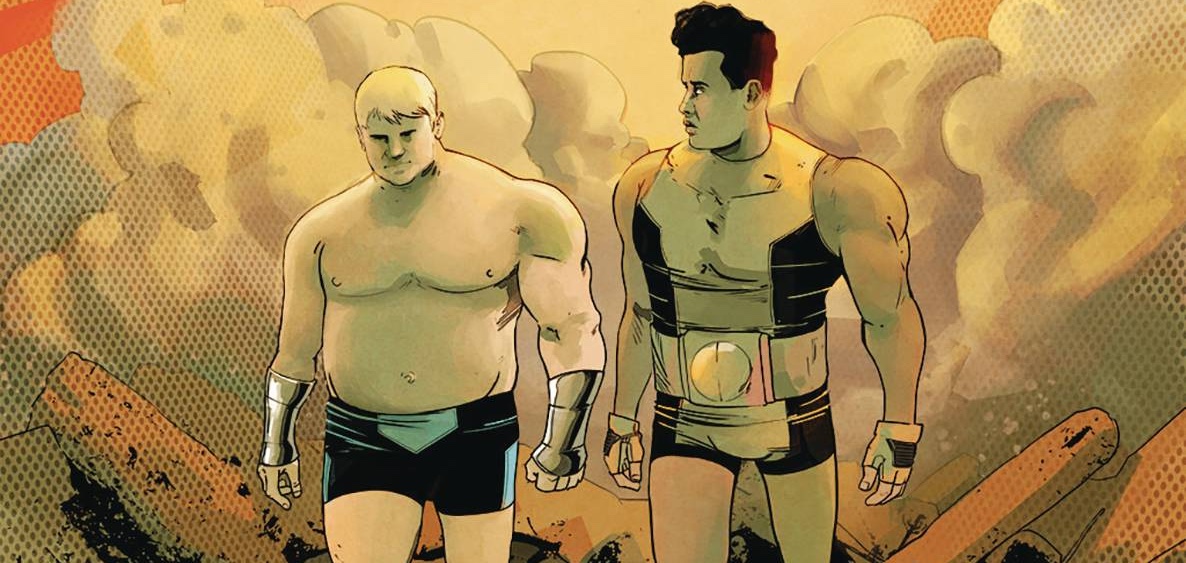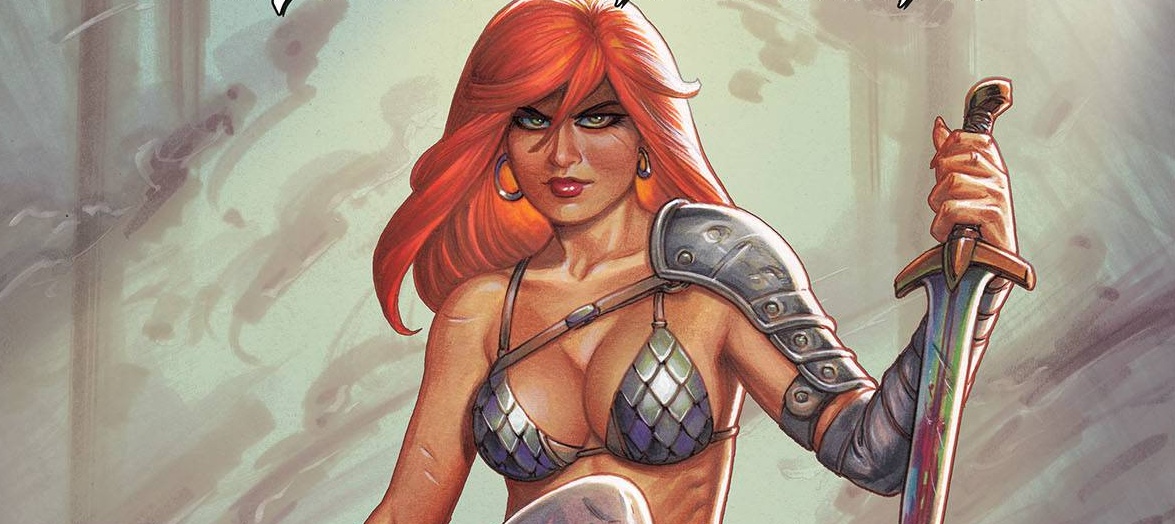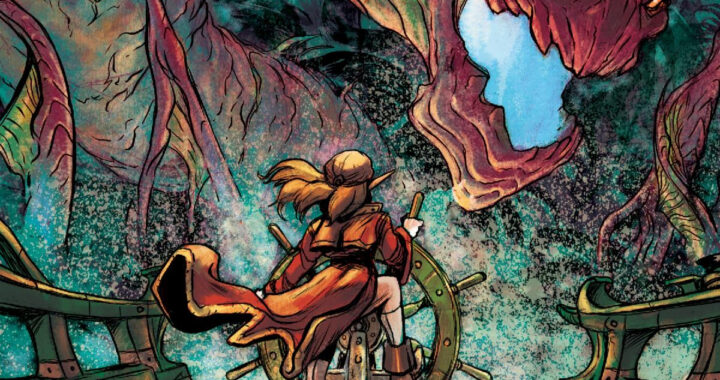
Review: Harley Quinn Breaking Glass – A Graphic Novel
 With the news that DC’s Teen Titans: Raven graphic novel is going back to the press for it’s third printing, it’s pretty safe to assume that the Young Adult (YA) range of books has found an audience. The range includes the aforementioned Raven book along with a Catwoman graphic novel. This time around, the star of the book is a character who has been called the fourth column of the DC universe, Harley Quinn.
With the news that DC’s Teen Titans: Raven graphic novel is going back to the press for it’s third printing, it’s pretty safe to assume that the Young Adult (YA) range of books has found an audience. The range includes the aforementioned Raven book along with a Catwoman graphic novel. This time around, the star of the book is a character who has been called the fourth column of the DC universe, Harley Quinn.
The book is a the story of a young Harleen, making the trek to Gotham to stay with her grandma. Unfortunately, Harley’s gran has passed away and in her apartment is the drag queen Mama. Of course this being comics, Mama agree to let Harley stay there with nary a suspicion and of course everything is fine, after all, we all know that “stranger danger” doesn’t really exist, right? From there, Harley attends school, and goes about meeting this books versions of familiar faces as Harley tries to fit in with new bestie Ivy whilst also stepping out with the mysterious Joker, as the almost trio try and take on the might of the evil Kane empire.
The book is written by Mariko Tamaki, who you may remember being the writer of the fantastic Supergirl: Being Super series a little while back. Here, the tone is dramatically different. In some ways this book is as close the accepted Harley Quinn as the TV show Gotham is to Batman. Familiar pieces are put into play, but there are changes throughout. For example, diversity is at the forefront, Ivy’s ethnicity for one and the abundance of alternative lifestyles. I personally don’t have a problem with either in reality, though I am confused why there was a need to for either. Are African-Americans so under represented that a character that has been around for 53 years has to be changed? Also, if you want to represent alternative lifestyles why focus on the caricature like life of drag? These elements do allow Tamaki to install a sense of social injustice into the story, which allows Harley to come into her own. The monologue, with its fairy tale inspired motif, is a bit of a contrast to what is on the page and underscores the YA feel, despite the obvious juxtapositions of situations and he characters actions.
The art of the book is provided by superstar Steve Pugh, who has spent time with various companies on a range of characters from the maturity of Vertigo, the superheros of Marvel and DC all the way to 2000 A.D. Pugh does some great work, ensuring that we recognise young Harley as Harley. The differences of her cast also allow Pugh to show some creativity; the Ivy character looks great, even if it doesn’t resemble Ivy. Pugh is going for a real life style, for the most part, so faces become paramount, backgrounds also play a part in setting up this version of Gotham. Pugh goes for a grey-scale style of coloring, with flashes of color used for both emphasis and effect. The book is a whopping 208 pages; with this in mind, Pugh does a great job with page design to keep the pace going, especially through the wordier parts of the book. Letterer Carlos M. Mangual does a solid job ensuring that everything is readable in a flowing manner and doesn’t inhibit the art in any way.
This book is a mixed bag for me. The art is gorgeous, for the most part, but the writing feels hodge-podge. I am not sure what the intent of the book is to be honest. Is it a social experiment that is saying you should accept differences? If so, if it truly is in part an education piece, then why is “stranger danger” so readily ignored? The latter may be defended by the “it’s only a comic book, Machine. Don’t take it so seriously” crowd. If that’s the case, then why bother making the changes and promoting alternative lifestyles if it wasn’t important to someone! Be aware that despite the YA tag, there are a number of strong swear words that appear in this book, which is ironic as in the main line books, swear words get the !**!? treatment. So bad language is OK for kids but not adults who may read the comic books? Go figure. This book isn’t aimed at me in any shape way or form, and if I am honest, I applaud DC for, despite that fact that I didn’t need a YA range of comics when I was growing up. So for me, the book can be summed up as strong production values that fail to deliver on its very mixed up messages.
If you want a chance to get you own free copy of the book, to see if you agree with me or not; thanks to DC Comics we have TWO copies of Harley Quinn Breaking Glass to giveaway. Simply fill in the entry form by clicking here by close of play 23:59 EST on Sunday 1st September and TWO randomly selected winners will be sent the book direct from DC Comics!
Writing – 2.5 Stars
Art – 5 Stars
[yasr_overall_rating size=”large”]
Written by; Mariko Tamaki
Art by; Steve Pugh
Letters by; Carlos M. Mangual
Published by; DC Comics

Author Profile
- I am a long time comic book fan, being first introduced to Batman in the mid to late 70's. This led to a appreciation of classic artists like Neal Adams and Jim Aparo. Moving through the decades that followed, I have a working knowledge of a huge raft of characters with a fondness for old school characters like JSA and The Shadow
Currently reading a slew of Bat Books, enjoying a mini Marvel revival, and the host of The Definative Crusade and Outside the Panels whilst also appearing on No-Prize Podcast on the Undercover Capes Podcast Network
Latest entries
 Comic BooksApril 19, 2024Review: Jill and the Killers #4
Comic BooksApril 19, 2024Review: Jill and the Killers #4 Comic BooksApril 11, 2024Review: Deadweights #1 (of 6)
Comic BooksApril 11, 2024Review: Deadweights #1 (of 6) Comic BooksApril 10, 2024Review: Jim Henson’s Labyrinth Archive Edition #1 (of 3)
Comic BooksApril 10, 2024Review: Jim Henson’s Labyrinth Archive Edition #1 (of 3) Comic BooksApril 3, 2024Review: Red Sonja Empire of the Damned #1
Comic BooksApril 3, 2024Review: Red Sonja Empire of the Damned #1







